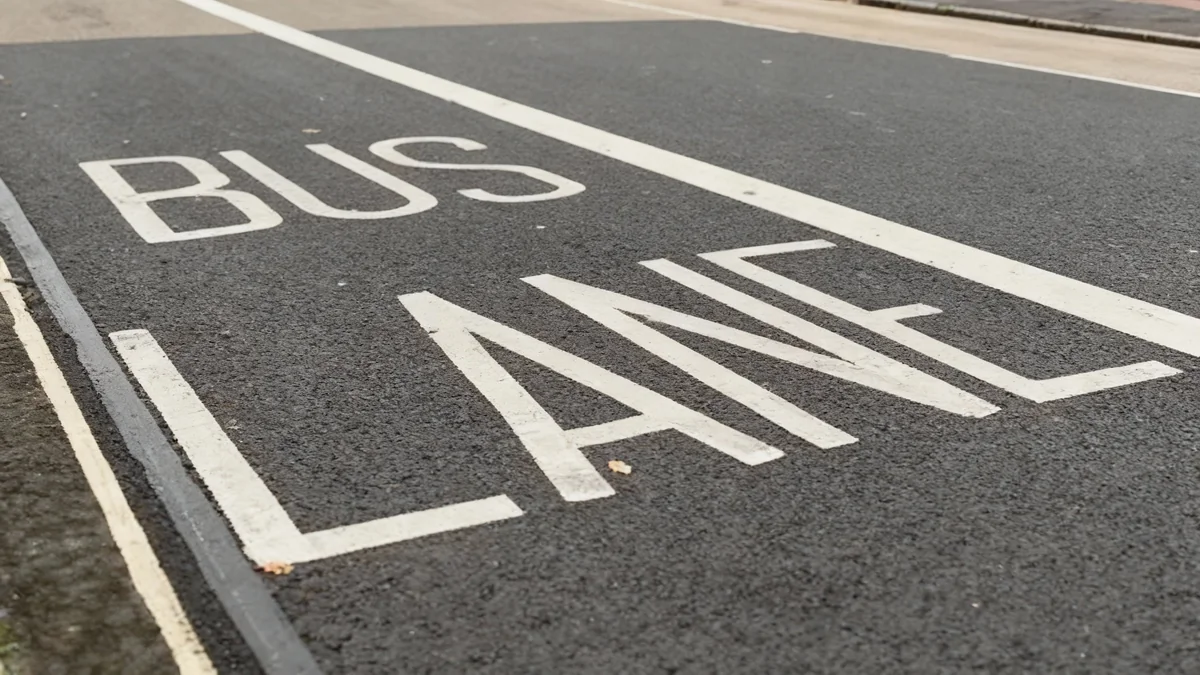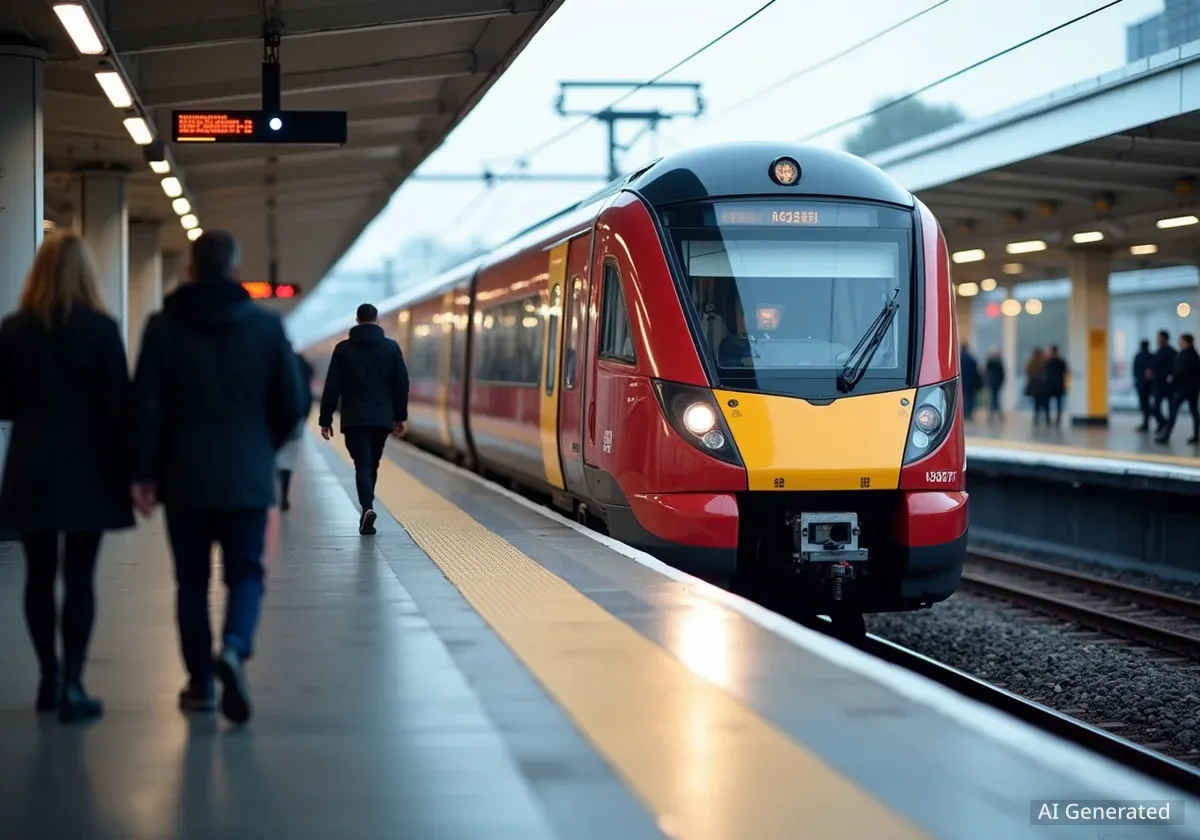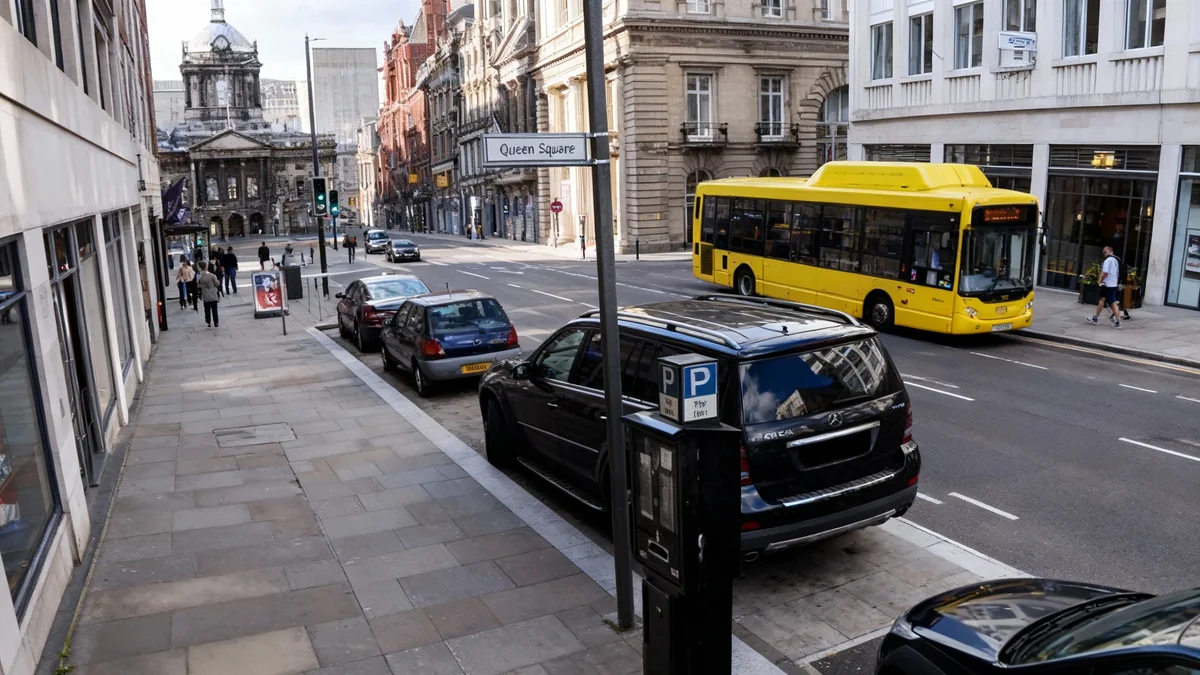Liverpool City Council has introduced a comprehensive new Parking Strategy with the primary objective of reducing the number of vehicles driving into and parking in the city centre. The long-term plan includes proposals to remove existing car parks, introduce a potential tax on workplace parking, and develop new facilities on the edge of the city to encourage the use of public transport.
The strategy, set to be approved by the council's cabinet, aims to address issues of traffic congestion, poor air quality, and conflicts between vehicles and pedestrians. It represents a significant shift in transport policy, prioritizing active travel and public transport over private car use in the city's central core.
Key Takeaways
- Liverpool City Council's new strategy aims to significantly reduce car parking in the city centre.
- Proposals include removing certain private and on-street parking spaces.
- A Workplace Parking Levy, a tax on employers for parking spaces, is being considered.
- A new multi-storey 'mobility hub' is proposed for the city's periphery, possibly in the Baltic Triangle or Fabric District.
- The plan calls for enhanced parking enforcement on a 24/7 basis and the potential introduction of 'Red Routes'.
A New Vision for Liverpool's City Centre
Liverpool City Council's Parking Strategy outlines a fundamental change in how the city manages vehicle access. The document states that the availability of parking is a "key enabler for vehicle movements in the heart of the city." This, according to the council, leads directly to congestion, diminished air quality, and increased safety risks for pedestrians and cyclists.
The strategy's vision is described as a "bold vision for the consolidation and relocation of city centre car parking." The goal is to reclaim valuable urban space for public use, improve the pedestrian environment, and ensure that parking is located strategically rather than centrally. Officials emphasize that any reduction in parking must be accompanied by significant improvements in alternative travel options, such as public transport and cycling infrastructure.
The report notes: "Future car parks in the city will be better utilised through the consolidation of spaces across the area, with poorly occupied car parks that currently take up valuable city centre space becoming a thing of the past."
Key Proposals to Reduce Parking
The strategy details several specific measures designed to discourage driving into the city's core. These proposals are part of a long-term plan to reshape travel habits and reclaim urban space for community use.
Removal of Existing Parking
A central element of the plan involves identifying and removing certain parking facilities. The council intends to assess private car parks, particularly those linked to now-defunct destinations, for potential removal. On-street parking with time restrictions will also be reviewed.
The report is clear about its intentions, stating that its policies "support the reduction of city centre car parking to ensure that free or very cheap parking in the city centre is no longer available, making convenience come at a cost." This shift is designed to free up kerbside space for uses such as cycle lanes, wider pavements, and green spaces.
The Rationale for Change
Urban planners increasingly view the reduction of central parking as a critical step towards creating more liveable and sustainable cities. By making it less convenient to drive into the busiest areas, councils aim to encourage a natural shift towards public transport, walking, and cycling, which in turn reduces pollution and traffic jams while improving public health.
Workplace Parking Levy
One of the most significant proposals is the consideration of a Workplace Parking Levy (WPL). This would be an annual charge that employers pay for the parking spaces they provide to their staff. The strategy suggests this could be applied in specific city centre zones to reduce commuter traffic.
"The introduction of a Workplace Parking Levy would reduce the provision of destination parking," the report states, highlighting the potential financial and environmental benefits.
Nottingham's Precedent
The council's report points to the city of Nottingham, which introduced a Workplace Parking Levy and now raises approximately £9 million per year. These funds are reinvested directly into improving the city's public transport network, including its tram system.
Developing Alternative Parking Solutions
The strategy is not solely about removing parking; it also includes plans for creating new, smarter parking solutions located away from the central business and retail districts.
New Multi-Storey Mobility Hub
A key proposal is the feasibility assessment for a new council-operated multi-storey car park that would also function as a 'mobility hub'. This facility would be situated in an area of residential growth on the city's edge, such as the Baltic Triangle or the Fabric District.
The purpose of such a hub would be to:
- Consolidate parking in high-density residential areas.
- Remove on-street parking to repurpose kerbside space.
- Integrate various transport services in one location.
Services at the mobility hub could include electric vehicle charging stations, car club spaces, secure cycle parking, e-scooter hire, and hubs for last-mile delivery services.
Expanding Park and Ride
Improving and expanding Park and Ride facilities is another cornerstone of the strategy. The council aims to make it easier for people to leave their cars at designated sites outside the city and complete their journey via public transport.
The plan includes identifying new locations for Park and Ride facilities, especially around existing and new transport links like the future Baltic Station. There is also a vision to create new sites that will connect with the Metro Mayor's planned Bus Rapid Transit routes, providing seamless integration between private car journeys and the public transport network.
Stricter Enforcement and New Traffic Measures
To support the reduction in parking and manage traffic flow, the council plans to significantly step up its enforcement activities. Illegal parking, such as on double yellow lines or pavements, is identified as a major issue contributing to congestion and safety problems.
24/7 Enforcement
The strategy proposes expanding parking enforcement to operate on a 24/7 basis. This would be supported by an increase in the number of civil enforcement officers employed by the local authority, ensuring rules are followed around the clock.
Introduction of Red Routes
The council is also considering the introduction of 'Red Routes' on key arterial roads. On these routes, stopping, parking, and loading are heavily restricted to maintain traffic flow and prevent congestion. This measure is used in other major cities like London to keep main roads clear, particularly during peak hours.
Next Steps for the Parking Strategy
The draft Parking Strategy is scheduled for discussion at a Liverpool City Council cabinet meeting on Tuesday, October 14. If approved, it will be formally adopted as official council policy, guiding future decisions on transport and urban planning.
The report concludes by summarising its ambitious goals: "The Parking Strategy sets out the future aspirations for parking within the city, which will support the transition to sustainable travel... Ultimately it will result in a reduction in car parking within the central core of the city centre and encourage more use of public transport and/or active travel."
The long-term vision is clear: to create a city centre where walking and cycling are the default choices for short journeys, and where the reliance on private cars is significantly reduced for the benefit of all residents.





